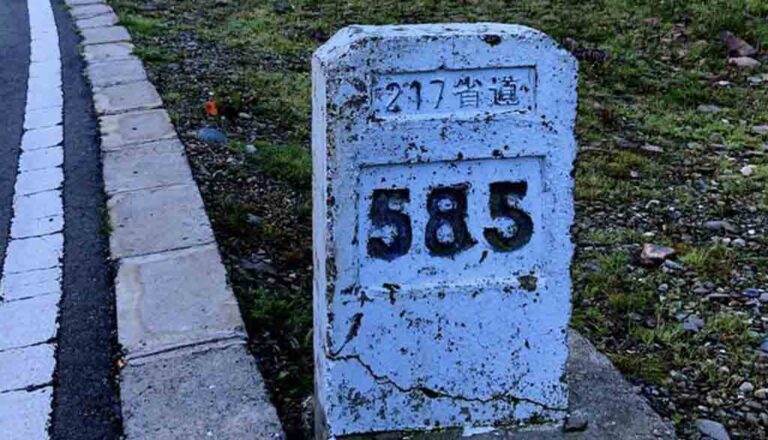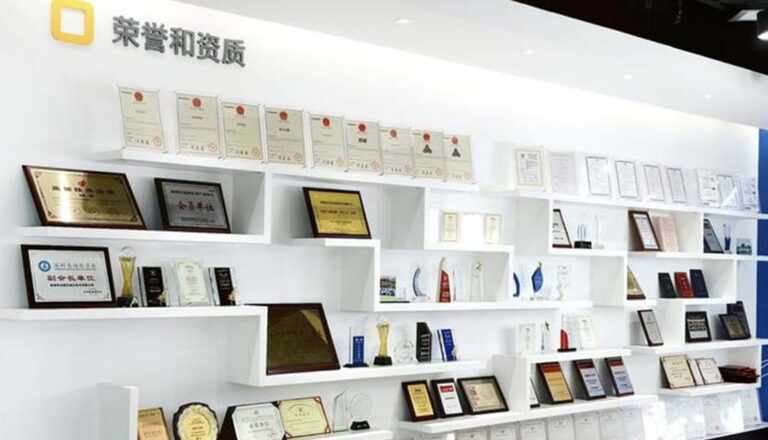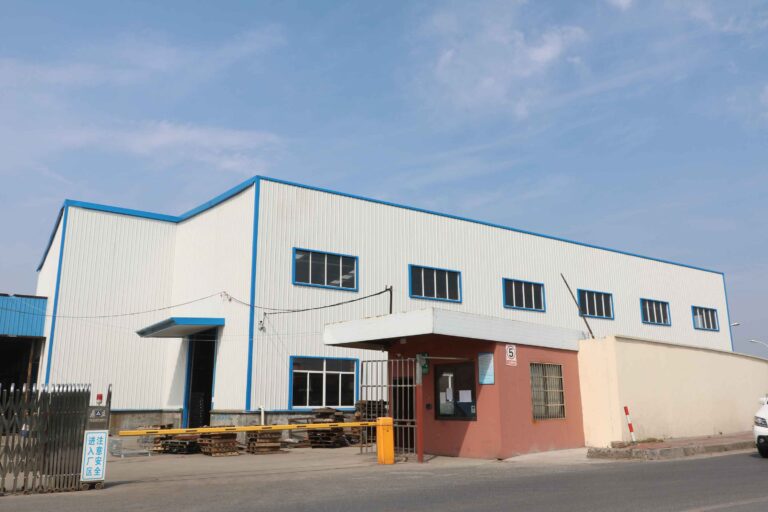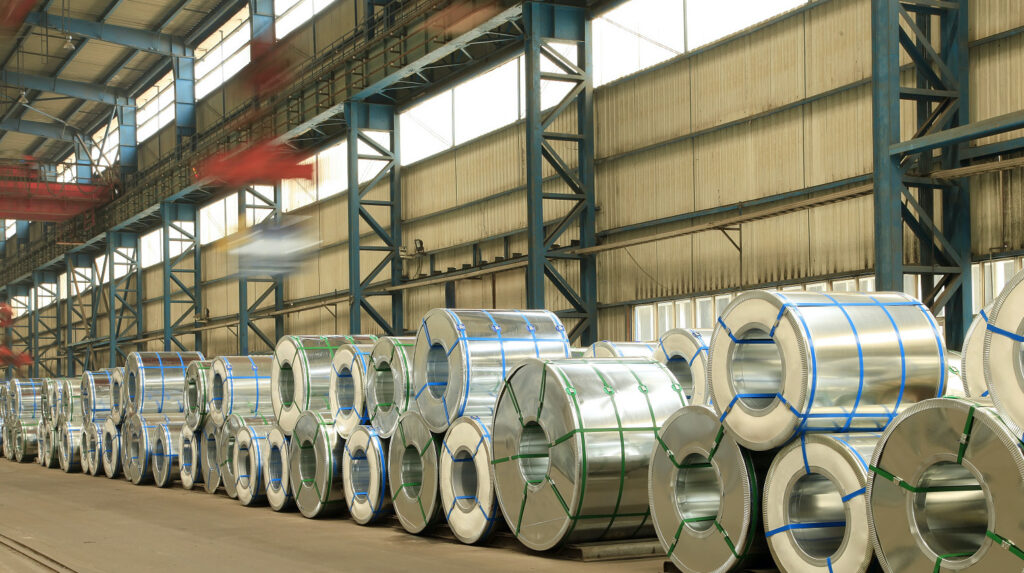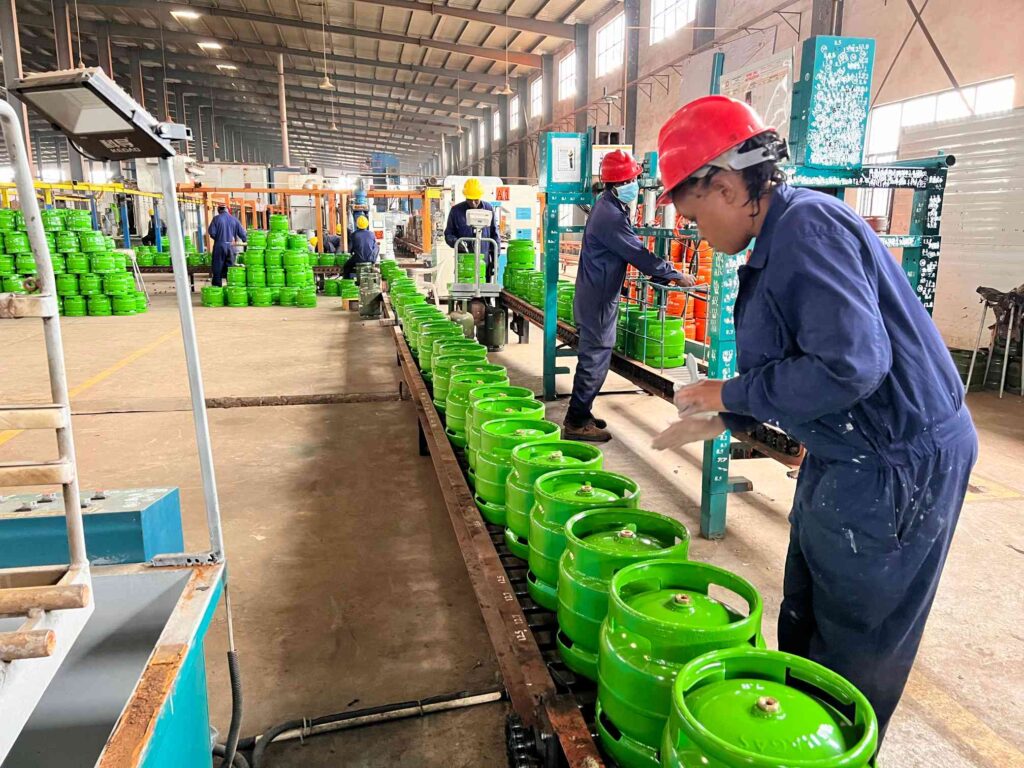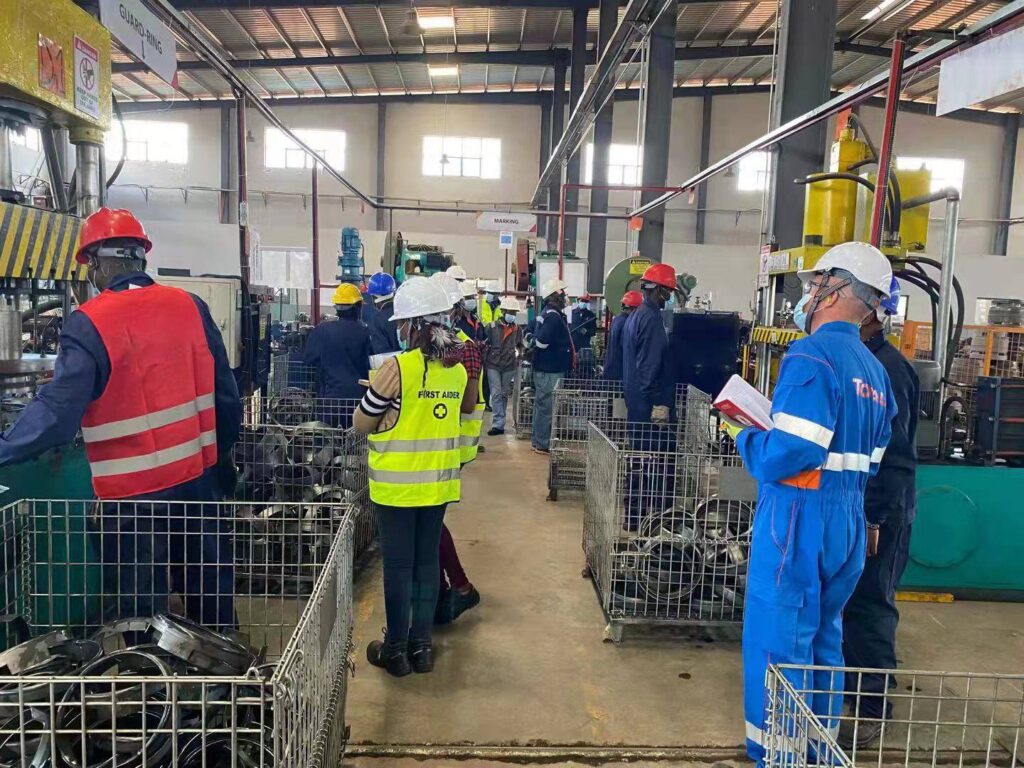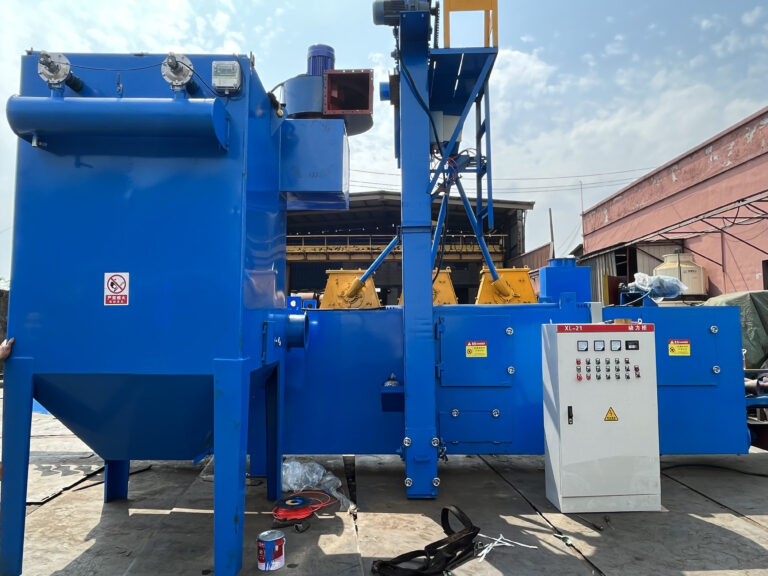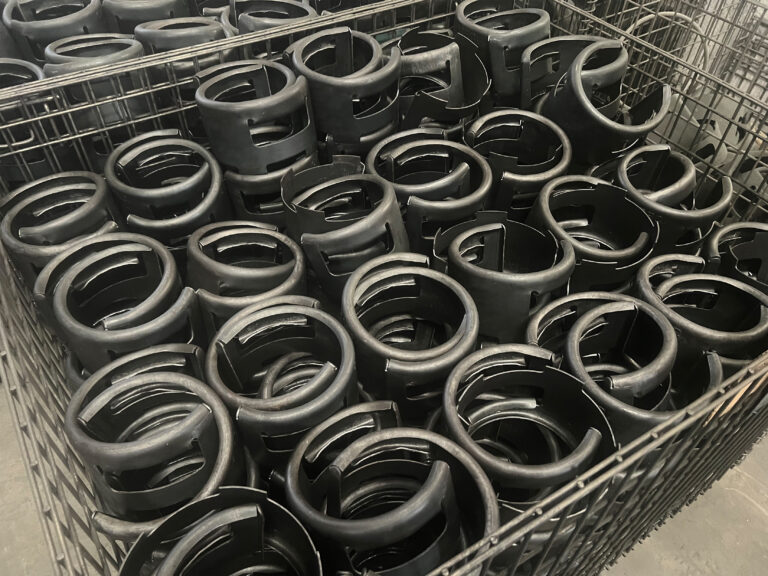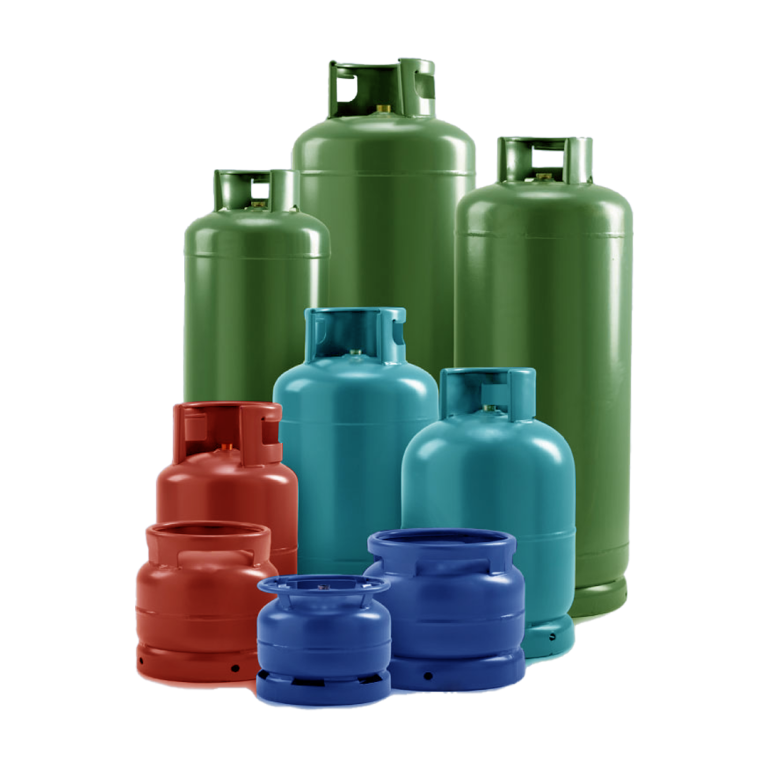The World Energy Outlook Report 2022 released by the International Energy Agency (IEA) points out that the world is in the midst of an unprecedented, profound and complex energy crisis, which has had extensive impacts on global markets, policies and economies, and Europe is precisely this core of the crisis.
In 2022, Europe in crisis began to “self-help”. On the one hand, intensify efforts to store natural gas in summer to ensure sufficient natural gas supply during peak gas consumption in winter: as of the end of last year, natural gas reserves in Europe accounted for about 83% of storable capacity, which is higher than the five-year average seasonal level. It plays an important role in balancing market supply and demand.
On the other hand, a substantial increase in liquefied natural gas (LNG) imports to bridge the energy gap: In terms of share, Europe’s share of global LNG turnover jumped from 18% in 2021 to 29% in 2022, and is expected to further increase this year improve.
Jack Sharple, a senior researcher at the Oxford Institute for Energy Research, said in an interview with reporters from Southern Finance and Economics that in 2023, Europe will not have much flexibility in terms of energy supply and demand. If there are any unexpected events, such as very cold weather for a period of time , or any kind of supply disruption, could see a rapid rise in energy prices.
The IEA said in the report that Europe’s energy crisis did not start with the conflict between Russia and Ukraine, but the conflict between Russia and Ukraine only exacerbated the crisis. The reporter learned that from 2005 to early 2021, the European benchmark TTF Dutch natural gas futures price is usually 10-25 euros/MWh, but on the eve of the Russian-Ukrainian conflict, the price has reached around 70 euros/MWh.
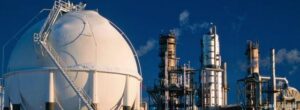
After the Russian-Ukrainian conflict broke out, gas prices hit record highs repeatedly: in August 2022, when the risk of Russian gas outages hit the market for the first time, the European benchmark TTF Dutch natural gas futures price reached a historical high of 345 euros/MWh, and then fell all the way. fell back to the level of 54 euros/MWh in mid-January 2019.
The sharp drop in gas prices is not only due to the mild winter weather, but also to the abundant natural gas reserves in the EU.
Gas reserves in Europe accounted for about 83% of storable capacity at the end of last year, higher than the five-year average seasonal level, which plays an important role in balancing market supply and demand, according to data from industry group Gas Infrastructure Europe.
Sharples said that since the beginning of winter, the climate in Europe has been warm, and people do not need to consume a lot of natural gas for heating. In addition to climate factors, the EU has made “significant efforts” for seasonal storage of natural gas. In fact, in October last year, the EU had already reached its natural gas storage target, but unexpectedly, until mid-November, the EU was still importing gas into its storage device-November is very cold, usually Gas should be drawn from the unit, not continuously fed.

“Therefore, this just shows that the EU’s natural gas reserves at that time could meet the consumption demand of the market, and this also caused a sharp drop in gas prices.” Sharples told reporters.In fact, the importance of seasonal storage of natural gas to Europe is self-evident. Sharples explained to reporters that compared with Asia, Europe has a considerable amount of natural gas storage, which can reach 20% of annual natural gas demand. When the demand for natural gas is low in summer, it is put into the storage device and taken out for use in late October to meet the additional consumption demand and help balance the supply and demand of the European natural gas market.
It is worth noting that this year’s adequate supply of natural gas depends on many conditions. Tom Marzec-Manser, director of natural gas analysis at energy data intelligence company ICIS, believes that this includes long-term mild weather, LNG imports, and consumers continuing to save natural gas. The state is under pressure during the spring and summer natural gas injection seasons.In fact, the increase in LNG imports has become the main theme of the European energy market recently.Due to the escalating conflict between Russia and Ukraine, the natural gas transmission channels of Russia-Europe pipelines have been restricted, and the demand for LNG in the EU has increased. Miguel Gil Tertre, chief economist of the EU Energy Directorate, pointed out that in 2022, the EU’s total LNG imports will be 134.8 billion cubic meters, a significant increase from 81 billion cubic meters in 2021. Among them, the EU’s LNG imports from the United States accounted for 41% of the total imports in 2022, a year-on-year increase of 154%.
Sharples further stated that in terms of share, Europe’s share of global LNG trading volume jumped from 18% in 2021 to 29% in 2022, and is expected to further increase this year.With the increase of LNG imports, the EU is also stepping up the construction of related infrastructure. In December 2022, Germany officially opened the first floating LNG receiving station in Wilhelmshaven, Lower Saxony. German Chancellor Scholz said that the receiving station took only 10 months to complete, and the device will have the ability to serve LNG in the future. 50,000 German households supply a year’s worth of natural gas.
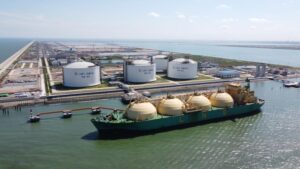
In addition, the German side said that before the end of next year, another four floating LNG receiving stations will be built, which can provide a total of one-third of the country’s natural gas consumption. In addition to Germany, other EU countries have also promoted the construction of LNG facilities to varying degrees.Market research firm Kepler predicts that LNG will continue to be imported in 2023, given that Europe will replenish inventories depleted in winter, while the United States will continue to maintain its status as Europe’s largest natural gas supplier.
Sharples also believes that EU pipeline gas imports from Russia in 2023 will be lower than in 2022 and are not expected to drop to zero, as several of Russia’s “key customers” in Europe, including Hungary and Serbia, will continue to buy its pipeline gas . But what is certain is that the EU will import more LNG this year, just not by as much as in 2022.
European Commission President Ursula von der Leyen previously stated that the EU is still facing a 30 billion cubic meter natural gas supply gap this year, so it needs to replenish its inventories again this summer, so that there will be sufficient supply when the winter natural gas consumption peak comes. Fatih Birol, executive director of the IEA, also pointed out that the EU has made significant progress in reducing its dependence on Russian natural gas supplies, but it has not yet “out of the danger zone”. may cease to exist.
The IEA warned that 2023 will be a tougher test for Europe. On the one hand, energy supplies from Russia will continue to decline, and this winter’s unusually warm weather may not last; Global LNG supply will become tight as demand rebounds.In this regard, Sharples analyzed that the supply of pipeline natural gas from Russia will undoubtedly decline further. In addition, non-Russian pipeline natural gas from Norway, North Africa and Azerbaijan may remain at a similar level to last year. That means Europe will have to rely on LNG for any additional gas supplies, and once Asian economies recover, demand for LNG will rebound, which could push prices up again in Europe.
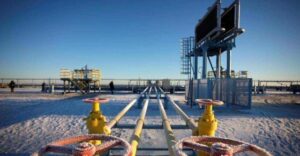
Talking about the prospects of the European energy market this year, Sharples believes that there is not much flexibility in terms of energy supply and demand. If there is any unexpected shock event, such as a period of very cold weather, or any form of supply disruption, there may be You will see a rapid rise in energy prices.
Xin Hua, a professor at Shanghai International Studies University and director of the European Union Research Center, also said in an interview with reporters that in 2023, Europe will face huge geopolitical uncertainties, which will have a lasting impact on the European economy, and Europe has not yet formed a very stable, A new mechanism for importing energy from the outside world at a relatively reasonable price, so the energy market will remain tight this year.


